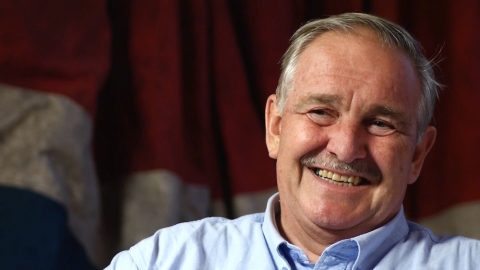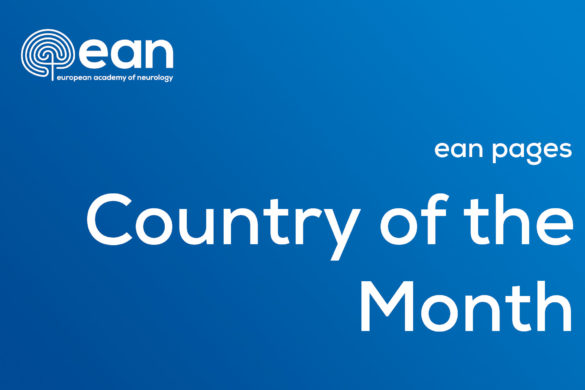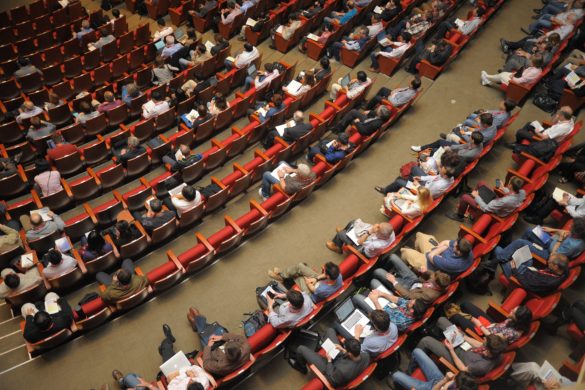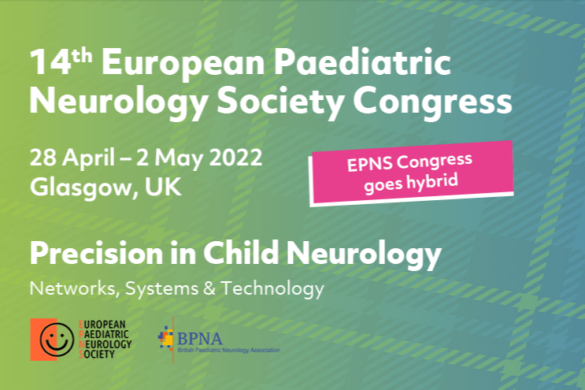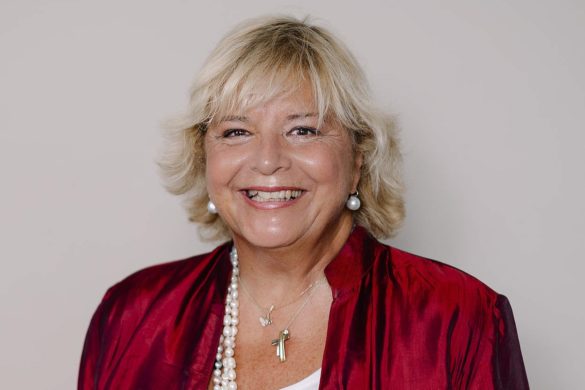by Thomas Berger, EAN Scientific Committe Chair
Dear EAN members, friends and colleagues,
It is an honour to offer you another update on behalf of the EAN Scientific Committee; this time in my second term as chair, following re-election by the Assembly of Delegates at the EAN annual congress in June. It is a great privilege to be entrusted with guiding the EAN on its scientific course and I see this opportunity to continue in the role of chair as an endorsement of the tremendous work carried out by the whole Scientific Committee and all of our Scientific and Coordinating Panels over the previous two years.
Of course, in this new term we now also have a newly composed EAN Scientific Committee; a very well-balanced group, including experts from various neurological fields. We officially began our work with our first meeting in September. One of the major duties of the committee is to coordinate and oversee the activities of the EAN Scientific and Coordinating Panels. Based on a proposal by the current EAN Scientific Panel on Neuroscience / Translational neurology the EAN Board recently decided that this panel should be transformed into a Coordinating Panel, which is planned to be in place by December. Due to the broad scope of the panel and the fact that each subspeciality also engages with translational aspects, we felt that its potential to contribute to EAN’s vision and mission would be greater as a Coordinating Panel. Like all Coordinating Panels, it will consist of a core group of up to two representatives from each Scientific Panel, meaning each subspecialty will be represented within. In addition, the Coordinating Panel welcomes all Individual members who are interested in this topic.
Another important task that has occupied our Guideline Production Group (GPG) recently is the new guideline prioritisation process, which I am happy to report has now been successfully implemented for the first time. In December 2021, the call for guideline topic proposals was opened, from which we received around 170 topics from EAN Scientific Panel members, EAN individual members, partner societies, and national societies. As expected, we received many good quality proposals, which were evaluated by 18 reviewers from the GPG, Scientific Committee, and EAN Board according to the prioritisation criteria developed by the GPG. It was a challenging task, but the contributions were eventually whittled down to the top 30 scoring topics, which have been selected to be Priority Topics for 2022-2024. A paper detailing the process and the results of the pilot will be published soon in the European Journal of Neurology. The guidelines to be developed in this period will be selected from this list every 8-12 months, with those for 2022 already selected in June and now underway. The Priority Topic List and the selected guidelines for 2022 can be found here and Scientific Panels are still able to submit proposals via the bottom-up process, by sending an email to scientific[at]ean.org.
We have also seen interesting progress made in several of our ongoing research projects in recent months. Here I would like to give you a brief overview of three of them:
- ENERGY (the EAN NEuroCOVID ReGistrY) has been developing very well; 42 centres from 29 countries on four different continents are represented, with 3,566 patients now registered. If your institution is interested in joining the registry or you would like to receive further information about the project, please visit the project webpage or send an email to covidregistry[at]ean.org.
- The Economic Burden of Neurological Diseases project aims to evaluate the cost of neurological disorders in order to assess their socio-economic burden. The research is methodologically based on a systematic review approach, which will be soon finalised, and a meta-analysis of the epidemiological and health economic literature.
- The Burden of Sleep/Wake Disorders: Excessive Daytime Sleepiness (EDS) and Insomnia Project intends not only to systematically assess the scientific literature on this topic but also to explore the socio-economic costs and consequences of insomnia and daytime sleepiness, taking into consideration a patient-centred perspective. As you are reading this, the literature search is being completed and the first pilot study is being launched in Bern, Switzerland. During the pilot study, recruited patients will be subjected to various scales and questionnaires at the baseline and followed-up after twelve months to assess the socio-economic aspect of insomnia and EDS.
Finally, application recently closed for the 2nd EAN Science School, to be held in Salzburg, Austria, in March, and I am very happy to see that interest in this event has been extremely high. We have had more than 200 applications from 42 countries around the globe for the 60 places available, which suggests this newcomer to the EAN’s set of regular schools is appealing very well to its target audience. The overarching theme for this edition is ‘Tools to predict and improve outcomes of neurological disorders’ and the programme has been assembled to focus on topics specifically requested by RRFS members. I am already looking forward to welcoming the participants to Austria for what will surely be another memorable and highly enjoyable three-day event.
I very much look forward to updating you on these and other topics again in 2023. For now, I wish you all a very pleasant autumn.
Best wishes
Thomas Berger
Chair of the EAN Scientific Committee




